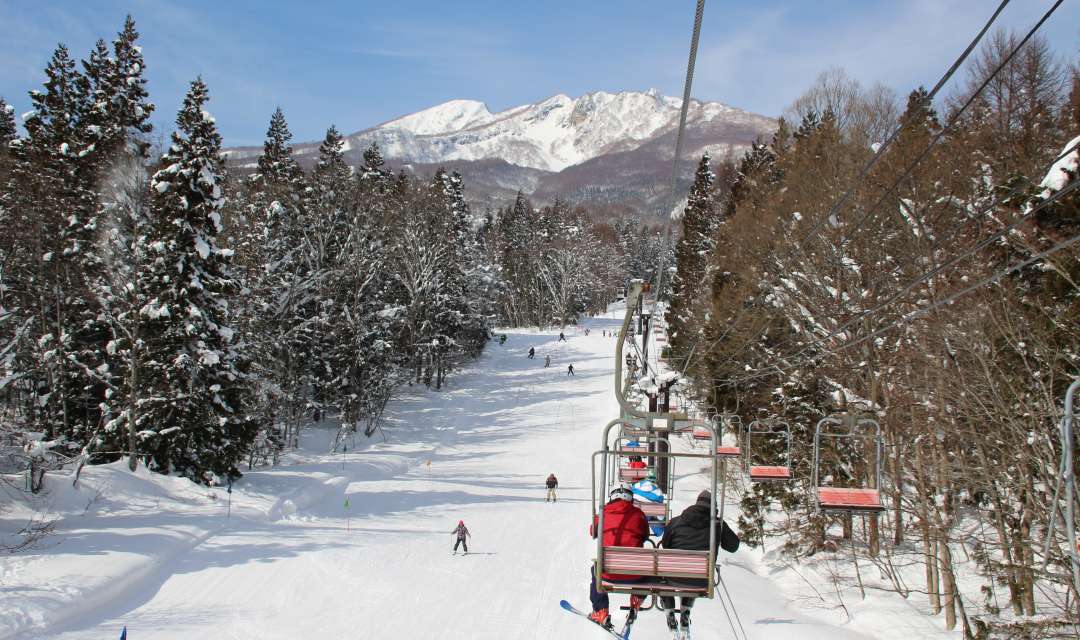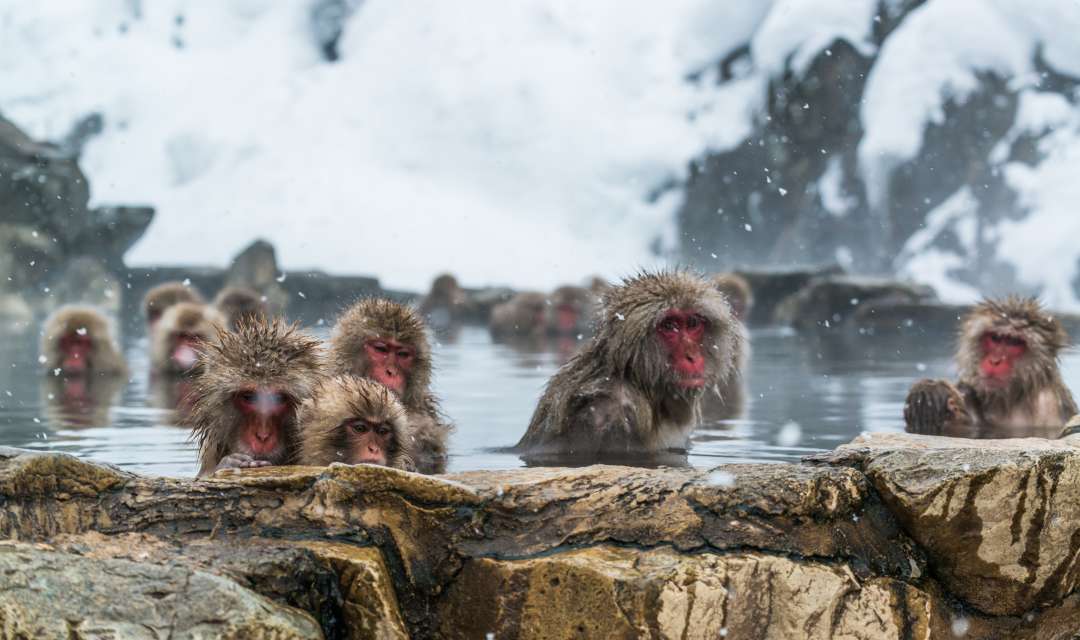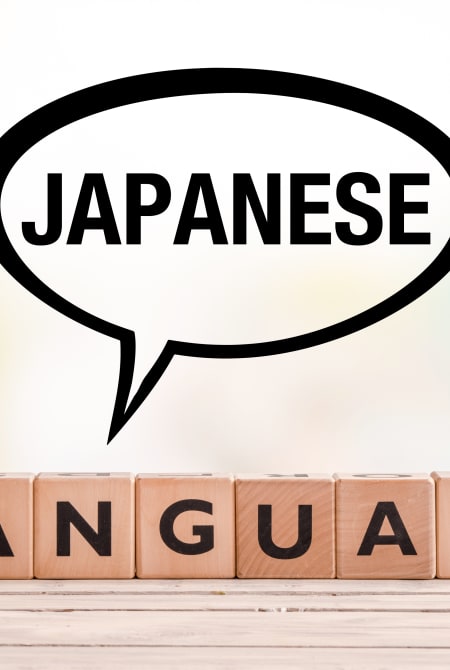Skiing and snowboarding are hugely popular in Japan. As the ski season gets started, we asked long-term Japan resident and self-professed powderhound, Richard McCraken, to share his wisdom on everything from where to ski, how to get there, and how much you can expect to pay.

Japan has some of the best powder snow in the world
Q. Where can you go skiing in Japan?
A. The most straightforward answer to this would be anything north of Tokyo with a snow resort. There are resorts located near Kyoto and Osaka in Western Japan, but they don't have the deep powder snow Japan is famous for.
From Tokyo, you can take the first bullet train (Shinkansen) of the morning to Nozawa Onsen or Eichigo Yuzawa, spend the day on one of the many different resorts in these areas and be back in Tokyo in time for drinks in Shibuya. The prefectures Nagano, Niigata, and Aomori all have multiple ski resorts and vast amounts of snowfall. Hokkaido, the northernmost island of Japan, is famous for some of the best powder snow in all of Japan and possibly the world. You can reach Hokkaido via Shinkansen from Tokyo or by plane from most domestic airports. With over 600 resorts to choose from in Japan, you are never very far away from fresh powder.

Myoko Kogen receives some of the heaviest snowfall of anywhere in Japan
Q. What Ski Resort gets the most snow?
A. Myoko Kogen in Niigata gets the most snow of any resort in Japan and averages upwards of 13 meters a season. It is considered to have the best conditions in all of Japan. It also has the highest elevation of any of Japan's ski resorts.
Q. Where is the best powder in Japan?
A. Cold winds from Siberia collect moisture while traveling across the sea of Japan and then release it in the form of massive powder dumps all over Japan. Japan Powder is super light and incredibly dry. The best powder can be found in Myoko Kogen in Niigata, Niseko in Hokkaido, Hakuba in Nagano, Asahidake in Hokkaido and Furano, also in Hokkaido. Each area has a multitude of resorts to choose from. Keep an eye on snow conditions via each resort's homepage or dedicated Japan snowfall tracking pages when choosing the best resorts based on your preferred conditions.

Niseko is known for its powder snow
Q. Is skiing in Japan expensive?
A. Compared to many of the top ski resorts in the US, Canada, and Europe, skiing in Japan is cheap. For example, a single-day lift ticket for the 2020 ski season in Vail, Colorado, is around 199 USD. Niseko, while smaller, has nearly twice the annual snowfall. A single day lift ticket is about 66 USD. Skiing in Japan gets even cheaper if you start building packages through Japan's many travel websites. When compared to other major snow sports destinations, Japan has some of the most affordable options for some of the best snow.
Q. Where do you fly into for skiing or snowboarding in Japan?
A. If your sole purpose for visiting Japan is playing in the powder, I recommend flying into either Tokyo or New Chitose Airport in Hokkaido. By flying into Tokyo, you are a 90-minute Shinkansen ride away from some of the best snow Japan has to offer. One of my favorite Saturday activities in Tokyo is taking a 6 am bullet train to Eichigo Yuzawa in Niigata, spending the day shredding powder at Kagura Ski Resort and being back in Tokyo in time for cocktails. However, any of the resorts on the main island north of Tokyo are worthy of overnight (or longer) stays. Haneda Airport in Tokyo has a direct bus service to Hakuba. New Chitose has some direct flights, but most will be via Tokyo. From the airport, some buses go directly to major resort towns, such as Niseko.

Nagano is popular for a variety of winter sports
Q. What city in Japan is best known for winter sports?
A. Nagano Prefecture was home to the 1998 Winter Olympics. Nagano City served as a transport hub to the smaller cities hosting Olympic events. The towns of Hakuba and Nozawa Onsen played host to ski jumping, downhill skiing, super-G, combined ski events, cross country skiing and biathlon.

Sapporo's Snow Festival attracts visitors from around the world
Q. What other snow activities are there in Japan?
A. The Snow Festival in Sapporo is a massive international tourist draw. For two weeks in February, the main thoroughfare in Sapporo is closed to traffic and becomes home to hundreds of snow and ice sculptures. The sculptures range from traditional Japanese folktales to giant ice Pokemon. Amidst the sculptures are countless food stalls, a range of small sledding hills for kids, and plenty of ice-cold beer and hot sake. There is even a trick park for local high school snowboard clubs to compete. Hotel reservations need to be made months in advance. If you're visiting Nagano Prefecture, be sure to stop by and see the snow monkeys. They spend their days bathing in volcanic hot springs up in the mountains. There are bus tours available from most parts of Nagano.
The resort town Nozawa Onsen is famous for, you guessed it, Onsen. The onsens are housed in little, traditional buildings throughout the city and are free. Be aware, though; they are entirely natural, so no shampoo or soap allowed, and no bathing suits.

Off the slopes, Japan has plenty of other winter attractions
Q. What is takkyubin in Japan?
A. Takkyubin translates as "fast delivery," and it is extremely helpful during ski season. This is a cheap, convenient option for moving your snow gear across Japan. For example, a snowboard in a bag along with boots, helmet, and other equipment is around 25 USD to send. It can be sent anywhere in Japan. When I go on a five-night trip to Hokkaido and don't want to pay for extra baggage I will use a takkyubin service. I take my snowboard bag to any of Japan's plentiful convenience stores and fill out a delivery form with my hotel's address. I then pay the delivery costs and leave my board at the convenience store. Later, when checking into my hotel, my board will be there waiting for me. I recommend doing this a minimum of three days before checking into your hotel. Before taking your gear to your nearest convenience store, be sure to have all of the delivery information for your hotel. If you are staying at a smaller hotel, check with them before you send your gear.

Traveling with your skis is remarkably easy
Q. How much do airlines charge for skis?
A. All Nippon Airways and Japan Airlines both treat basic sports equipment as a checked bag —you will typically have one free when traveling. If you have a suitcase as well, you will need to pay the extra baggage fee, which can be anywhere from 50 to 100 USD. Low-cost carriers operating in Japan, such as Peach, Air Do, Vanilla, and JetStar, charge a fee for your first piece of checked baggage and then an additional fee for sports baggage of around 50 USD per bag. In both cases, it is not only cheaper but also more convenient to use the takkyubin method mentioned above. I have never taken my snow gear on a plane in Japan. I have used takkyubin every single time.
Q. Can you bring luggage on the bullet train?
A. Yes, quite easily. Just be aware that bullet trains stop at a station for an average of 3 minutes. So have all your bags and snow equipment ready to go before you arrive at the destination. The train will not wait for you to collect your bags if the doors shut. If you'd like some expert advice, try this little tip. When I book a bullet train for snowboarding I try to select the last seats in the back of the car. The space behind the seats is perfect for standing up and storing snowboard and ski bags. You can, of course, put your baggage on the racks above your seats—be aware that this space can become filled with other people's luggage, especially on heavy powder days.
-
About the author
Richard is a snowboarding, food blogging, graphic designer who has been living in Japan for over a decade with his partner.





















































